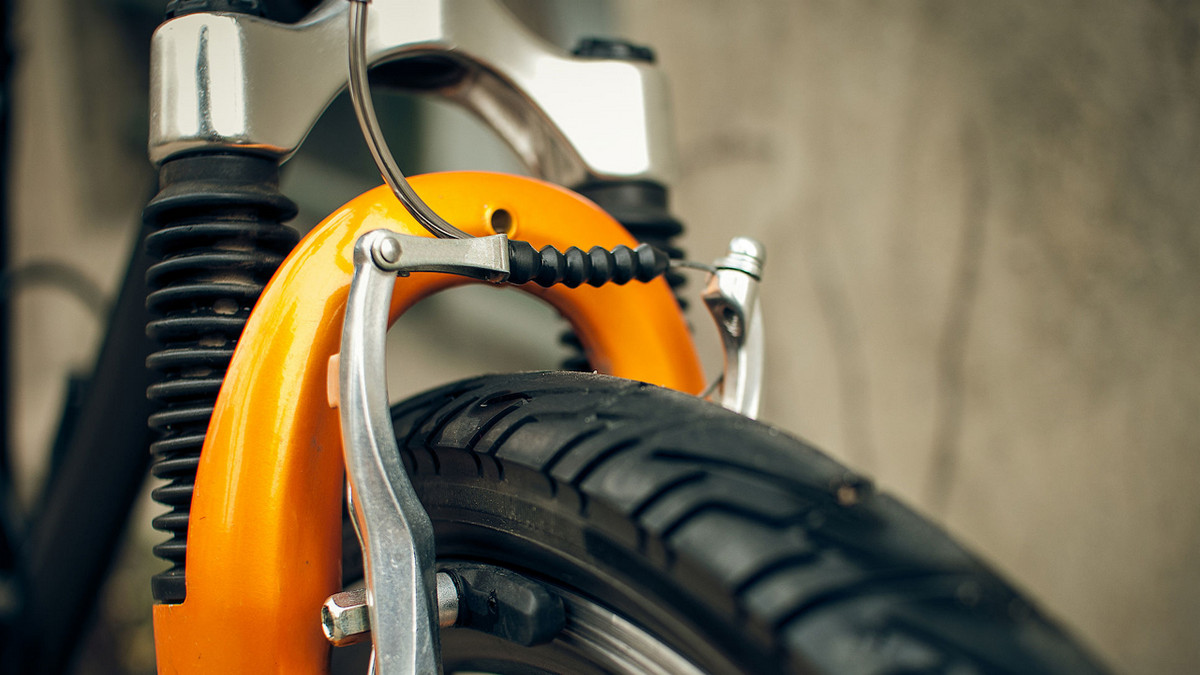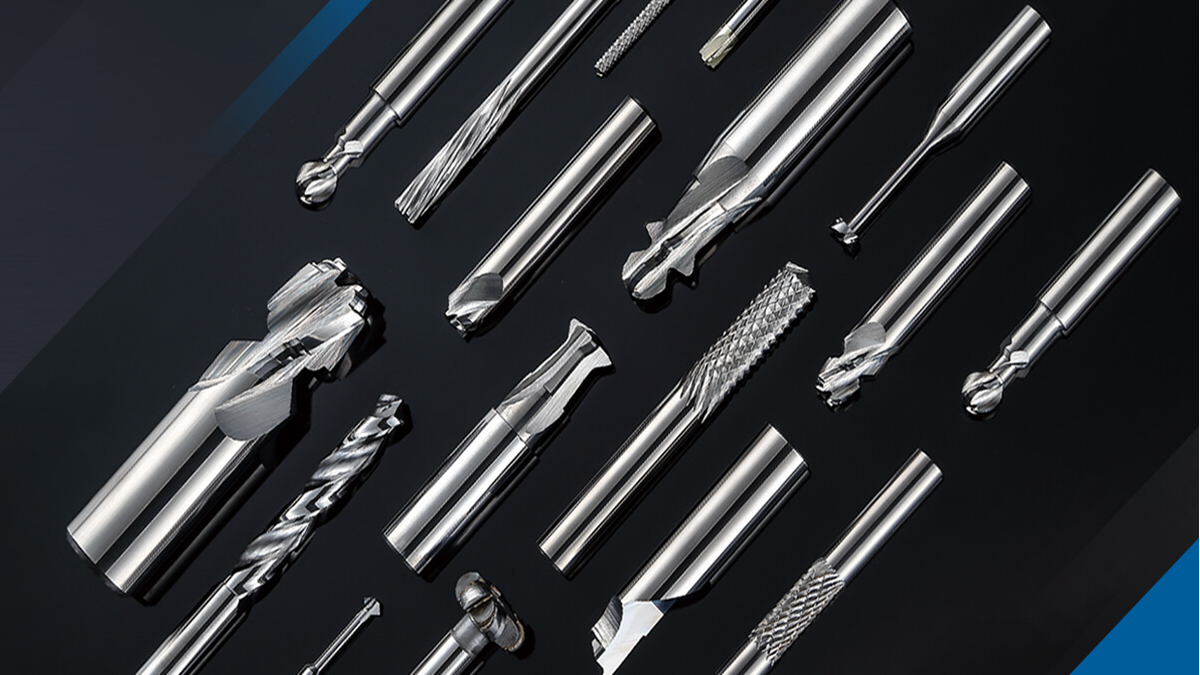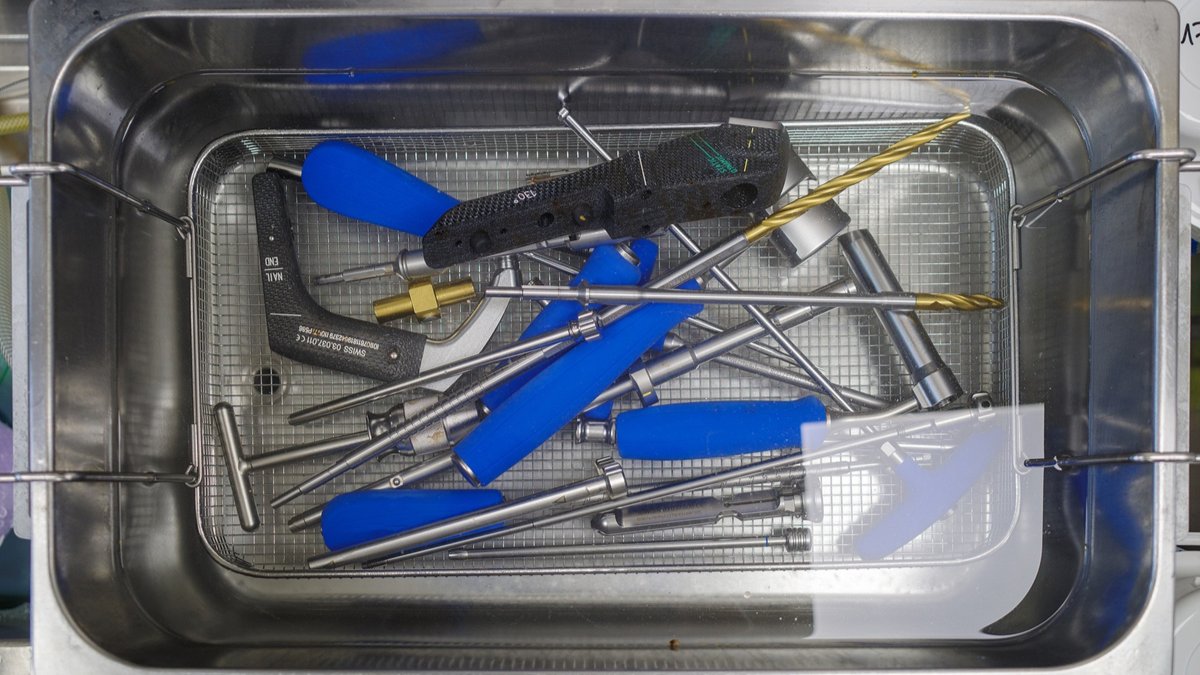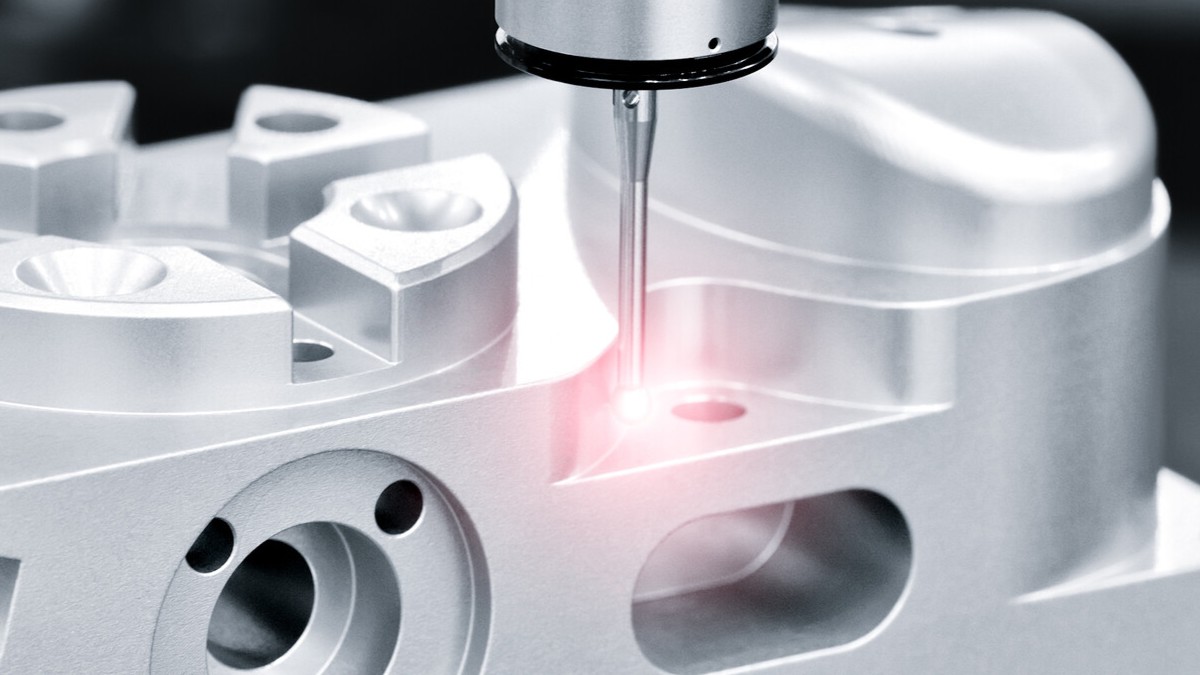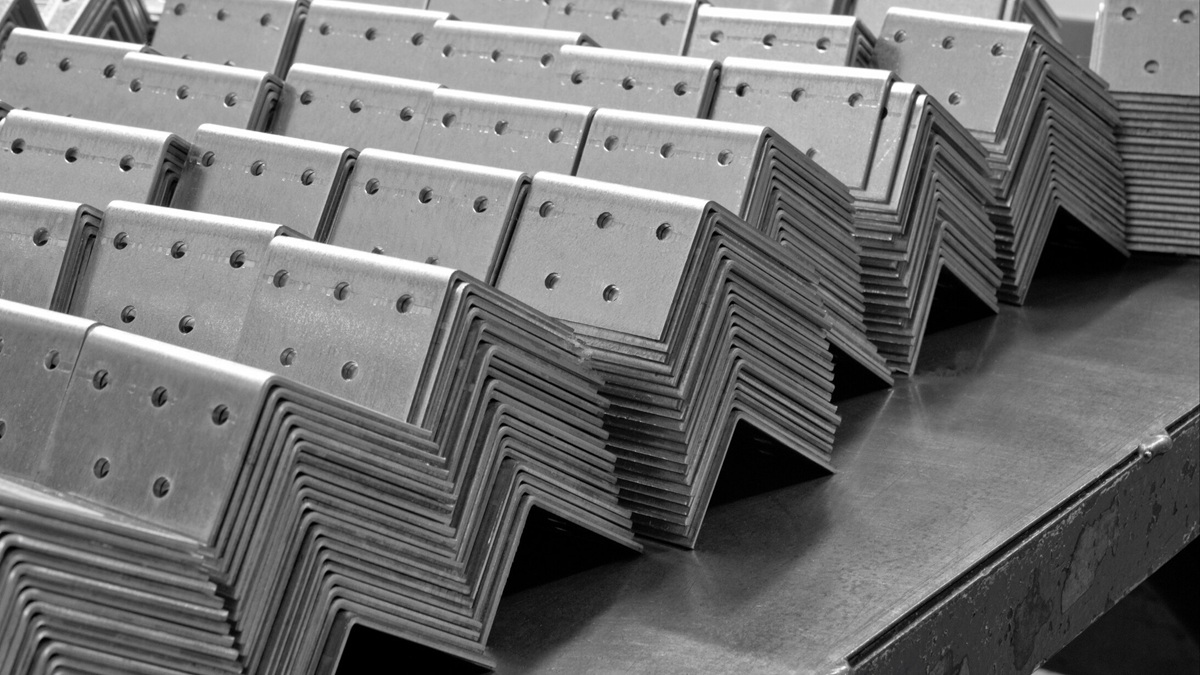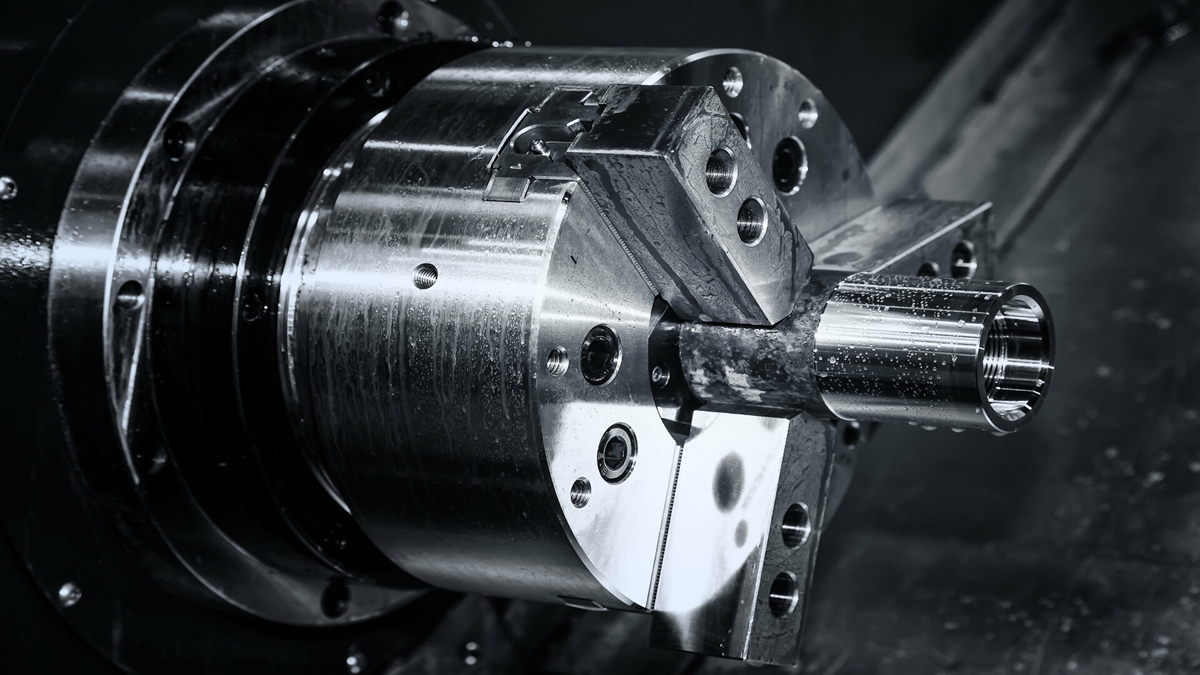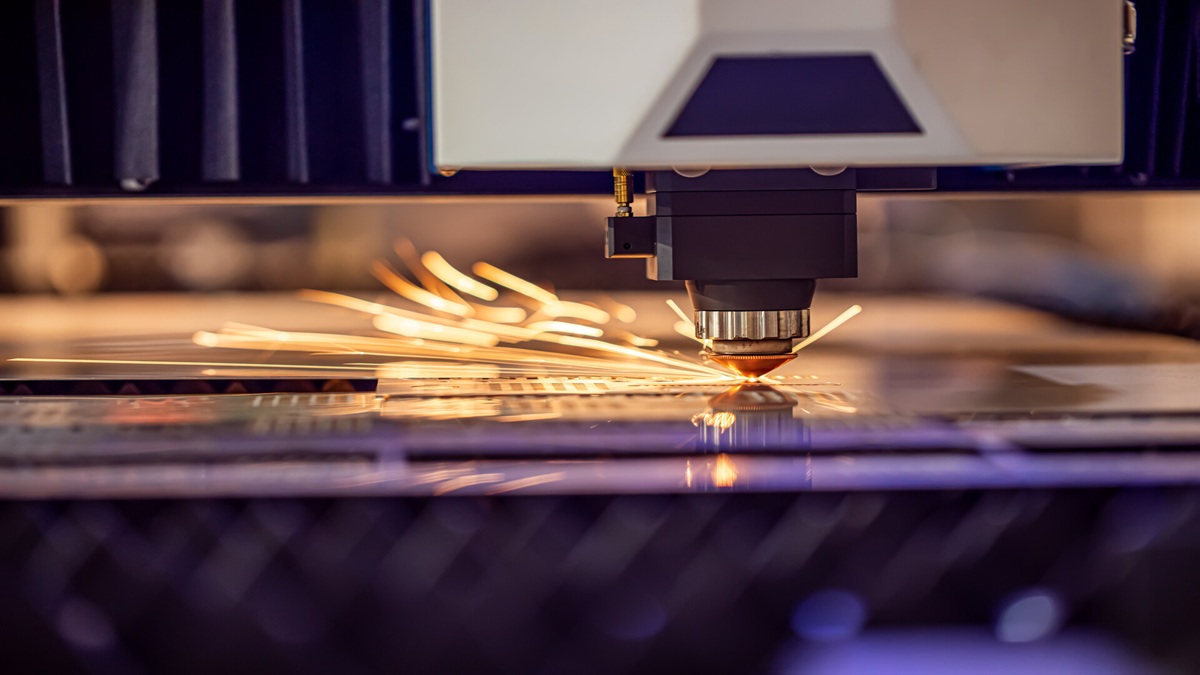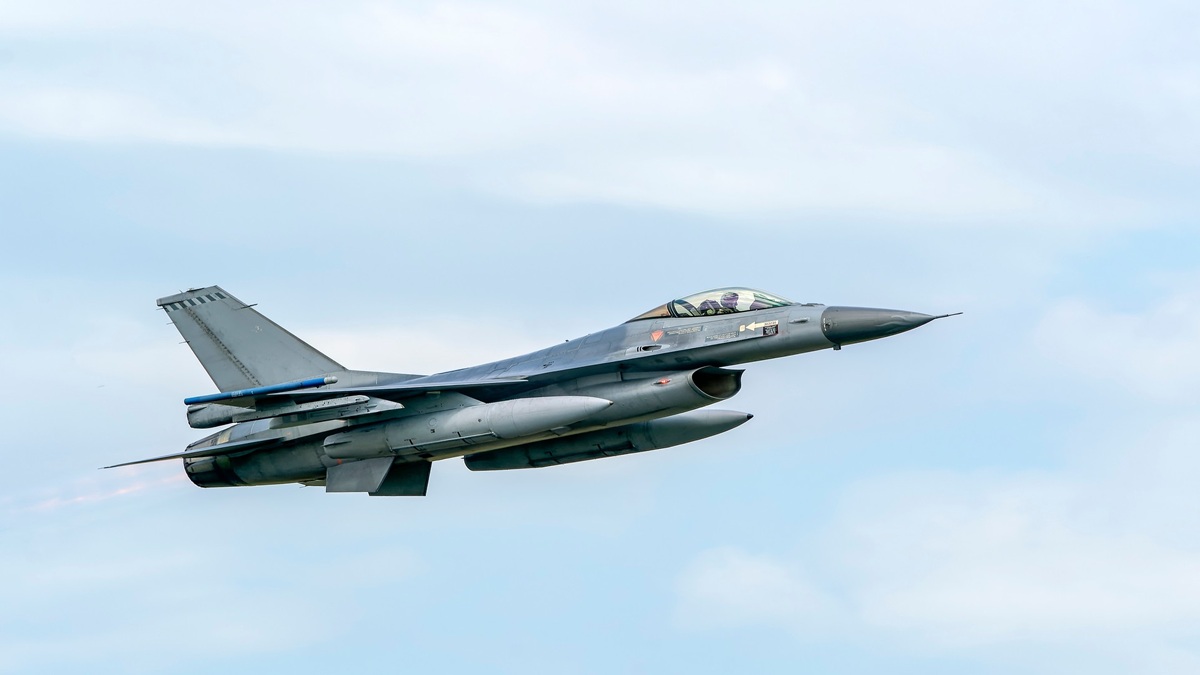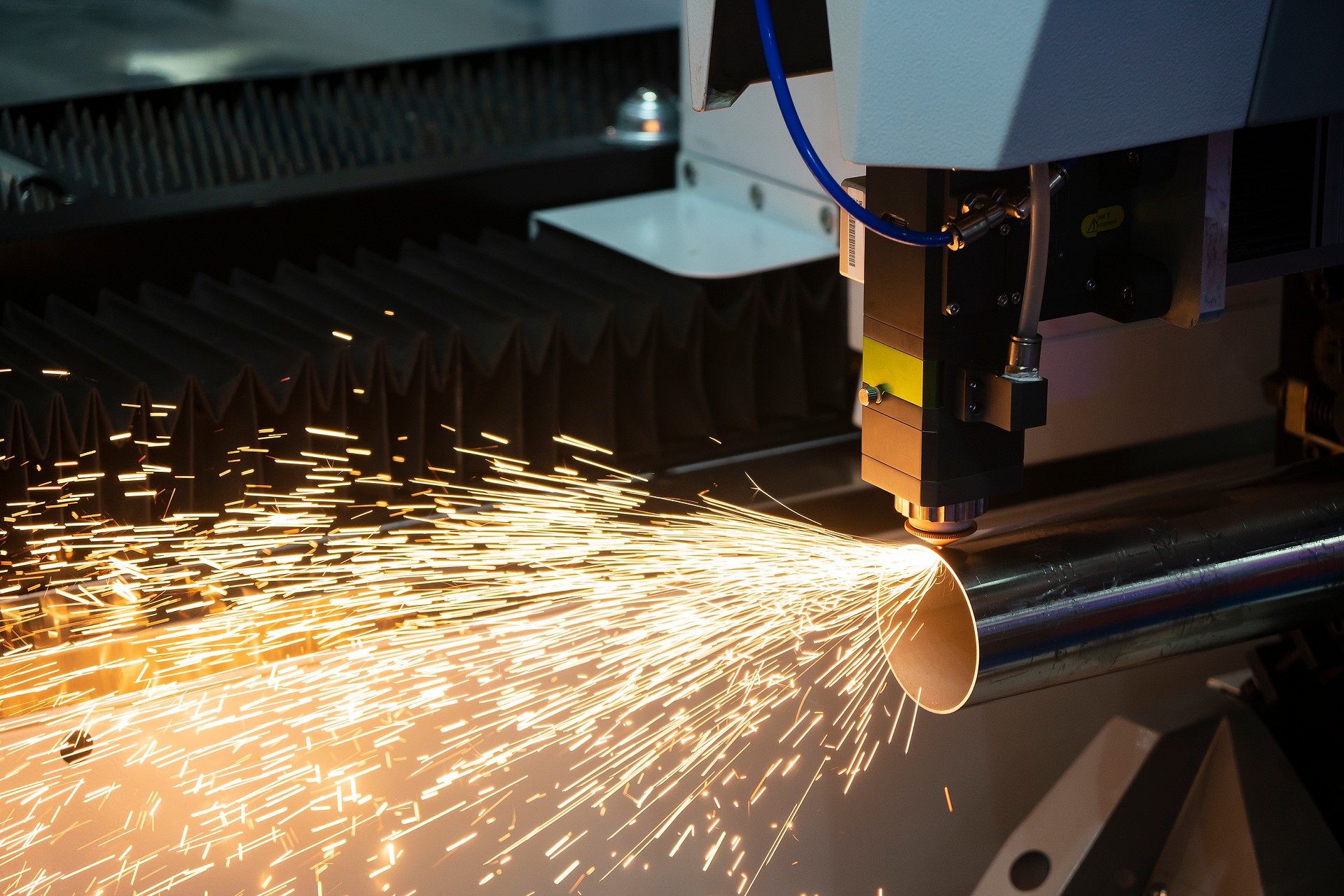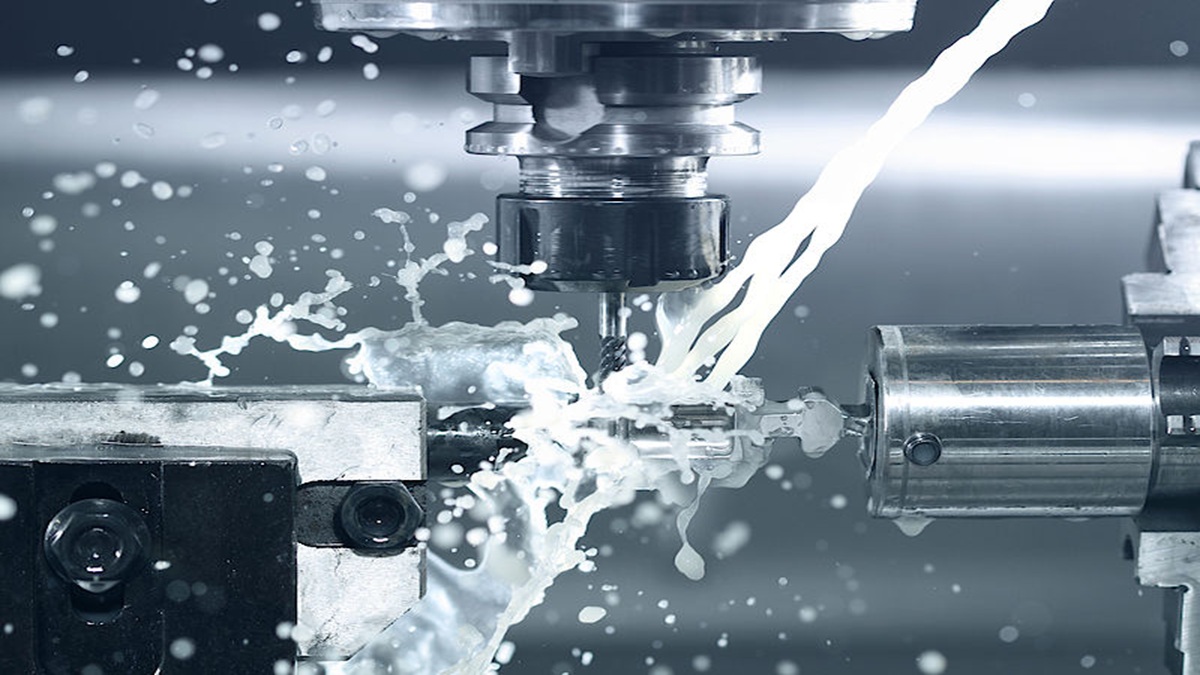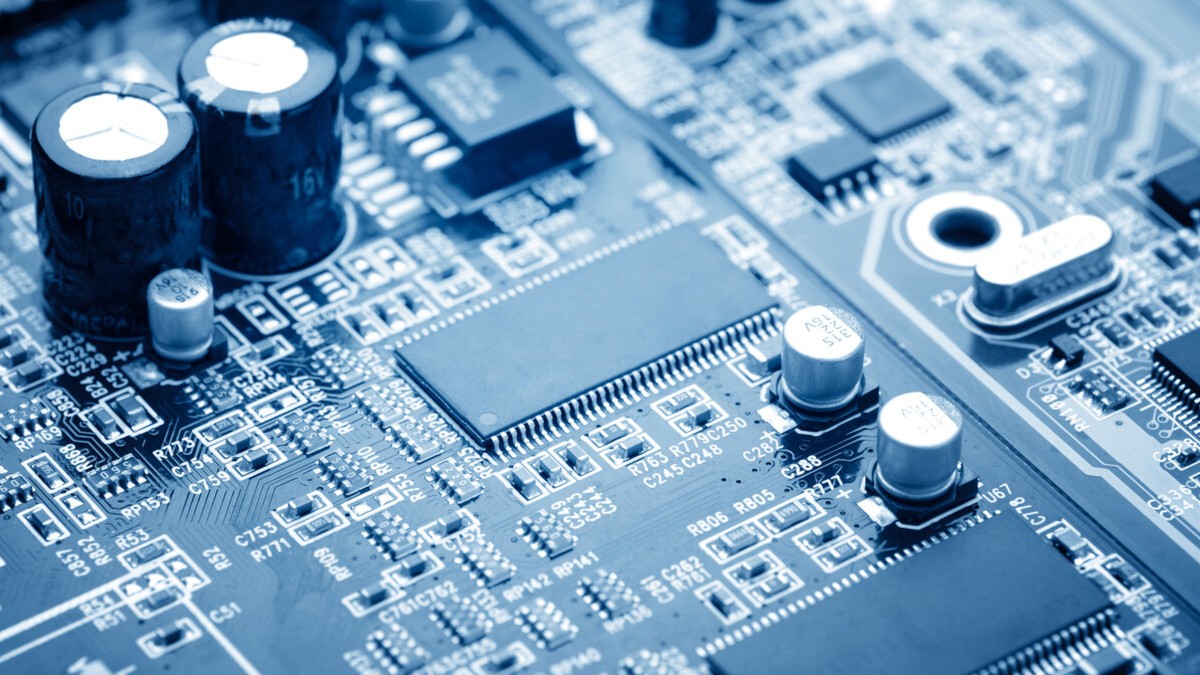Types of Bicycles
Nowadays, environmental issues are important. Compared with automobiles and motorcycles, bicycles are a more optimal choice for energy saving and carbon reduction. Bikes are used for multiple purposes including participating in cycling competitions, riding on challenging mountain roads, or for commuting or shopping. The following introduces several types of bicycles and their features.
City Bike | Commuting and Outings
City bicycles, as the name suggests, are suitable for commuting or for short-distance outings in the "city". Strictly speaking, trail bikes and single-speed bikes also belong to this category. The most common type of city bicycles are bikes equipped with simple transmissions that can adapt to the high and low changes of terrain in the city. Because of their simple tire and frame design, if you ride on "off-road" conditions, such as unpaved roads, rocky bare ground, stone steps, etc. they may be dangerous due to insufficient shock absorption and stability.
Single Speed Bike | Simple and Fashionable
When the bicycle first came out, it used a single-gear design. Currently the single-speed bicycle refers to two types: single-speed and fixed gear bicycles. The former has a one-way free wheel which revolves without pedaling. With the original fixed gear, it was required to maintain pedaling and they had no brakes. Braking had to be done by putting backward pressure on the pedals.
Single-speed bikes were first used in track races. They were improved in pursuit of freedom and to ride in cities. They quickly became a trend, and for safety reasons brakes were added.
Folding Bike | Light and Portable
A "Folding Bike" is one form of trail bike. Its tires are about 20 inches or less in diameter, and pedaling is relatively easy and responsive. Because they are small and light weight, they make climbing trails easy, but they are not very stable. They are suitable for winding alleys in the city but not suitable for long journeys and high-speed riding.
The biggest advantage of the folding bike is that it is easy to carry and store, so can be easily combined with other means of transportation. The folding bike does not need to be disassembled, so its mobility is very convenient. In urban life, folding bikes are very convenient for residents with small elevators or even no elevators. In recent years, the development of folding bikes has become more and more diverse. There are basic urban leisure bikes, as well as mountain bikes and electric bike, etc., to meet various consumer needs.
Electric Bike | Energy Saving and Labor Saving
Although electric bikes are a boost to environmental protection, they were born more for convenience. Electric bikes can be more precisely divided into "electric bicycles" and "electrically assisted bicycles." The biggest difference between the two is that the latter can also be pedaled. Electric bicycles basically look closer to motorcycles than electrically assisted bikes. Electrically assisted bikes look more like bicycles, with the electricity being supplemented with manpower.
Road Bike | Distance Riding and Racing
The most frequently used bike in cycling sports events is the road bike. It was originally designed for balance and speed, with the frame and riding position tailored for human efficiency. The tires of road bikes are thinner than other types of bikes - most being around 23 to 28 mm wide. This minimizes friction with the ground, and combined with a forward leaning posture, gives good wind breaking efficiency. Their wheel diameters are generally larger and their body designs are generally lighter (under 10kg), making them more efficient and faster to ride.
However, road bikes are not suitable for all "road" conditions. They have excellent performance on flat ground and asphalt roads, but because shock absorption is not very efficient, they will be uncomfortable and can be easily damaged if ridden "off-road." Road bikes provide the pleasure of high-speed riding and the rush of wind against your face. Due to the forward leaning riding posture, beginners are advised to get accustomed to the bike and get used to using core muscles while riding.
Mountain Bike | Rugged Terrain
Mountain bikes are designed to overcome "off-road" conditions. Their tires are usually wide and thick with deep tread patterns to cope with bumpy, sandy, and uneven roads. They provide good traction, stability, and shock absorption on rough roads, but because they have large and heavy frames, (over 13 kg), they are more difficult to ride on flat roads.
Two main adaptations of mountain bikes are "touring bikes" and "downhill bikes". Touring bikes may be equipped with lock-on carrying bags and have comfortable seat cushions and riding positions suitable for long-distance travel. Downhill bikes are specially developed for extreme sports such as downhill racing.
Hybrid Bike | Adaptability
Hybrid bicycles are basically a type of vehicle that combines all the advantages of road bikes and mountain bikes, chosen to meet the particular needs of consumers. Generally speaking, hybrid bikes can ride well on the road, and can also handle most common "off-road" conditions (small gravel, gently sloping roads, etc.) If you are interested in cycling around the island, you may wish to experience the magic of hybrid cycling.
In this era of speed and efficiency, the prevalence of cycling has redefined life. The energy-saving and carbon-reducing features of bicycles add an extra degree of protection to the environment.


